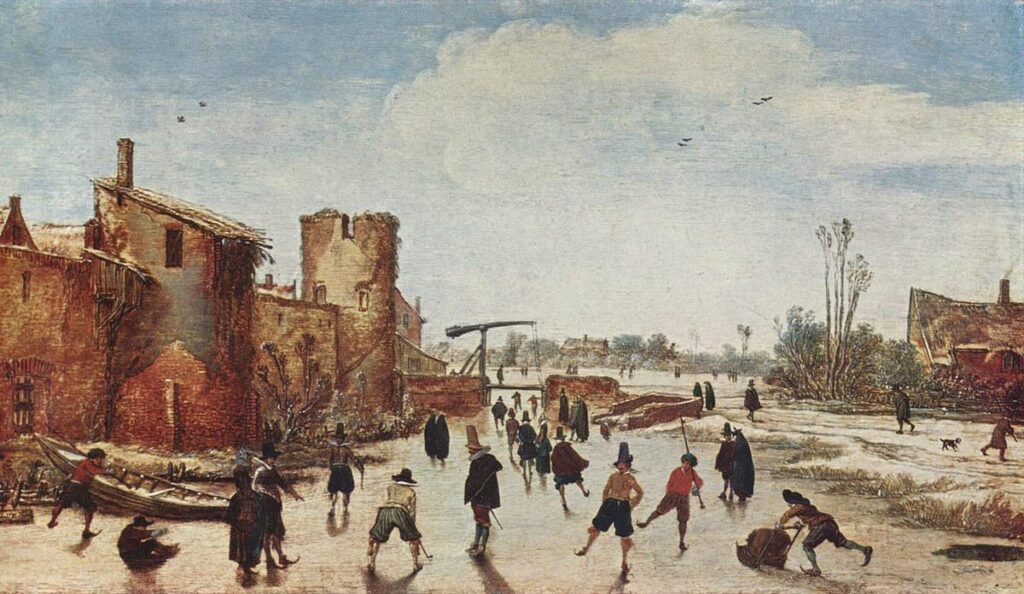Women’s figure skating is one of the most popular Winter Olympics events, with a solid and consistent American viewership over the past three decades. While the sport is quite well-known, did you know it has evolved drastically since the 1800s?
In the 1800s, figure skating competitions included the act of drawing pictures onto the ice. For this, precision was necessary, and the pace was slower compared to modern figure skating techniques.
The History of Figure Skating
From the perspective of 2018, it’s perhaps not surprising that figure skating is the oldest women’s Winter Olympics sport, with its costumes, routines, and accompanying musical tradition.
It was one of the first sports with a division for women competitors and the only women’s winter Olympic sport until 1936, along with six classic summer sports, including tennis, sailing, archery, and croquet. What may surprise many is that, according to skating historian James R. Hines, figure skating was once considered a strictly male sport.
Ladies, just like men, have been skating for about as long as ice skates have been available as a mode of transportation or entertainment. The first modern ice skates with metal blades were created by the Dutch in the Middle Ages, though there is evidence that humans have been skating across ice for millennia before that. (Source: The Smithsonian Magazine)
How Different was Figure Skating in the 1800s?
The earliest figure skating competitions took place in the mid-1800s, at a time when skating was becoming more popular and local skating clubs sprung up all across the country to allow interested parties to demonstrate their abilities. Skating figures, literally pictures on the ice, was one of these abilities.
These interested people were mostly men, according to Hines, but most clubs had no clear rules prohibiting women from competing. He claims that despite the obvious barrier of thick skirts, women skaters could do figures just as well as men. Skating images into the ice needed talent and precision, yet it wasn’t as fast-paced as today’s figure skating.
Author Robert Jones devotes a full page to describing how to properly perform a maneuver known as the Flying Mercury, which leaves a spiral in the ice, and another to show how to cut the Figure of a Heart on One Leg in the first-known figure skating manual, published in the 1770s. Although figure skating became more athletic, it remained tied to this early practice of making figures well into the twentieth century.
Despite the fact that all four plates in Jones’ book depict men in various skating stances, Hines claims that the famous masculine image of a figure skater didn’t stop women from trying out the moves. When skating clubs began to establish in England and Scotland in the late 1800s, the concept of figure skating became more formalized, and local clubs began staging contests. (Source: The Smithsonian Magazine)
The First World Figure Skating Championships
The International Skating Union (ISU), which currently administers international skating competitions, was founded in 1892, and the inaugural World Figure Skating Championships were held in 1896, with only four men competing. Then, in 1902, a woman, British figure skater Madge Syers, entered the tournament due to a rule loophole; there was no rule prohibiting women from competing, according to Hines in the Historical Dictionary of Figure Skating.
Syers finished second in the competition, behind Swedish skater Ulrich Salchow, whose surname today refers to his signature skating move: a basic jump and mid-air spin. Salchow presented Syers with his gold medal, claiming she deserved to win. (Source: The Smithsonian Magazine)
